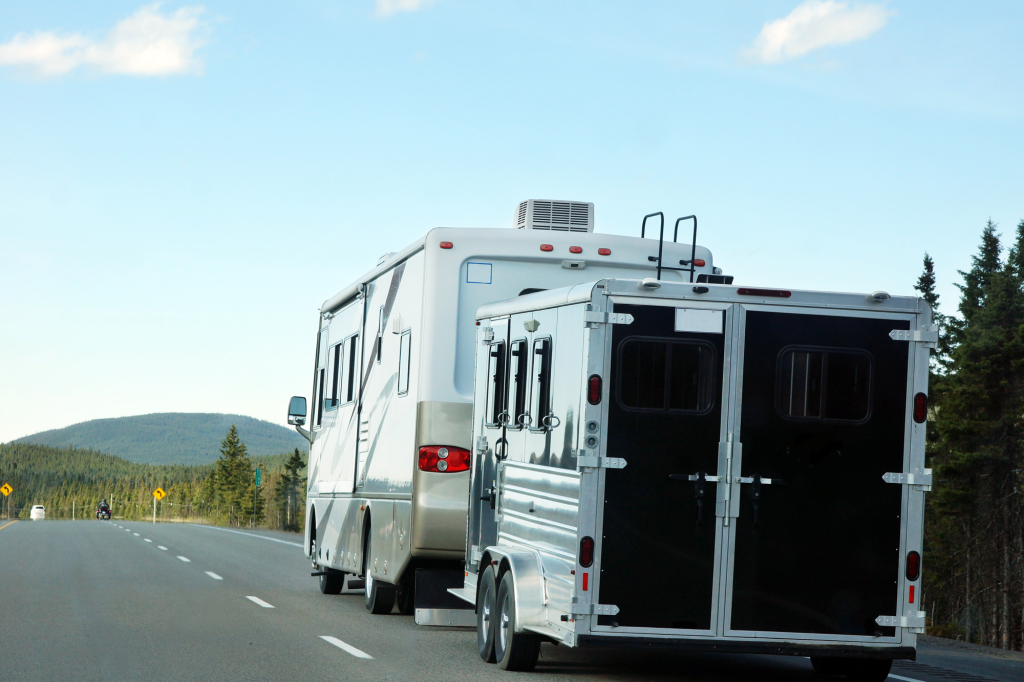When you consider the cost of a moderately priced Class A motor home, you might expect the cost to insure it would be significant. The truth of the matter is that when you compare a typical RV insurance policy to the value of the asset, the cost is very reasonable.
The RV Insurance policy is very similar to a personal auto policy, but with a few more bells and whistles. The RV policy contains the liability (3rd party coverage) and the physical damage (1st party coverage) along with the optional coverages as well. Certainly the physical damage premium is somewhat higher when you consider that a new Class A motor home sells for about $105,000. There are three very important coverages that you should consider.
The liability coverage in the RV Insurance policy is the most important coverage to consider. Not only is the insured at risk for bodily injury and property damage claims while driving the vehicle, they are also at risk while the vehicle is parked at an RV Park or on private land. Having guests in your RV while the park is just like having a guest in your home, and if someone is injured while visiting, you could be liable. Knowing this, the RV owner should consider the highest limits available. If you decide to live in the RV, you’ll need to make certain that the liability coverage applies on a “full time” basis.
Additional Equipment & Personal Belongings
Most RV Owners purchase additional equipment such as awnings, satellite dishes, towing kits and wheelchair lifts after the RV purchase. The policy needs to cover this equipment at replacement value, so be certain to verify this before making your insurance purchase. Technology enthusiasts typically have a laptop, tablet, and flat-screen TV in their RV so make sure you verify the limit on personal item coverage. Many policies offer a standard limit of about $3,000 but will increase that limit for an additional premium. Items that are permanently attached to the RV are covered under the standard comp/collision part of the policy.
Roadside Assistance
Although vehicle owners don’t always purchase Roadside Assistance in the auto policy, it should always be purchased as part of your RV policy. Experiencing an RV breakdown as a result of a flat tire, dead battery, empty fuel tank or any other reason can get very expensive. Not every tow truck can accommodate a big Class A motor home, and you may be forced to pay additional fees for having a heavy duty truck come to the rescue. The most economical way to mitigate your risk of an expensive breakdown is to purchase roadside assistance coverage.
Some insurance carriers will allow the policyholder to add a small RV or travel trailer to the personal auto policy. If you are considering to purchase a bona fide motor home, contact an experienced and licensed agent or broker about properly insuring your most expensive toy.

